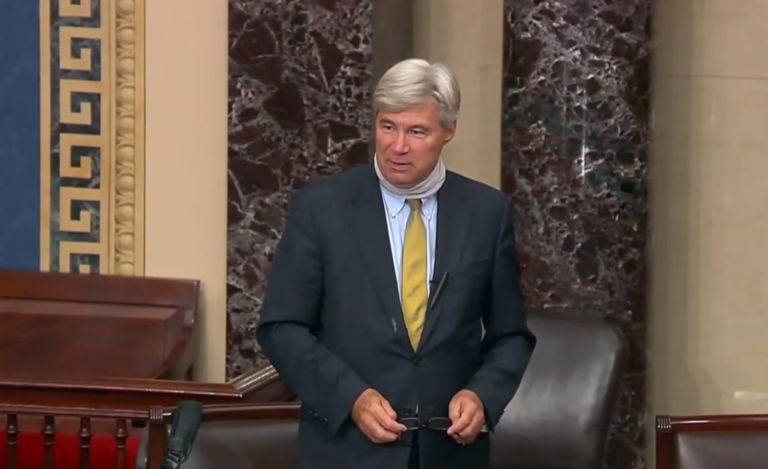This weekly newsletter, focused on environmental issues, highlights relevant analysis done by the John Locke Foundation and other think tanks, as well as items in the news.
1. EPA delays announcing new ozone standards
The Wall Street Journal reports today that the EPA has decided to delay announcing its new, tighter standards for ozone, now for the fourth time.
The new standards were scheduled to be published this Friday, but there have been huge protests from industry and communities having difficulty meeting the current standard, which just went into effect at the end of the Bush Administration. It represented about a 12 percent tightening over the standard put in place by Bill Clinton’s EPA. The current standard is 0.75 parts per billion or less, and the new standard being considered by the Obama EPA may tighten that to as low as 0.60 ppb.
The Journal reports that the current EPA feels compelled to tighten the standard because they are claiming that the Bush EPA ignored the EPA’s scientific advisory committee’s recommendations. EPA’s ozone standards, which have to be met by communities around the country, are what determine the announcement of ozone alerts that are often issued in the media on hot days in the summer. As the standard tightens, more and more alerts are issued, not because the air is getting more polluted but because the definition of an alert day is changing. In fact, there has been a continuous decline in ozone pollution both in the US and in North Carolina for the last 30 years.
Prior to the current standards being put in place, nearly all of North Carolina was in compliance with the then-tough standards issued by the Clinton EPA. Under current standards, both the Charlotte area and the Triad are struggling to come into compliance. Under a new standard of 0.60 ppb, most of North Carolina will be thrown out of compliance. North Carolina is particularly vulnerable to tighter ozone standards because of its heavy reliance on coal for electric generation. Nitrogen oxide (NOx), which is a precursor to the formation of ozone, is a bi-product of burning coal. What is particularly interesting is that while ozone is said by some to be a cause of asthma and an aggravating factor for asthma sufferers, over the last 30 years as ozone in the atmosphere has declined, incidence of asthma have actually increased. Also, the NC counties with the worst ozone problems have actually had the lowest incidence of hospitalization for asthma attacks. While any statistician will tell you that correlation does not prove causation, it is true that lack of correlation does show lack of causation.
2. New Ozone Standard: A Job Killer
The new ozone regs discussed above will be the single most expensive environmental regulation in American history. So argued John Engler, president of the Business Roundtable, in a WSJ op-ed yesterday. Engler argued that the new standards could put 85 percent of the counties currently monitored by the EPA in a status of non-compliance. The EPA’s own estimates are that complying with the new standards will cost US businesses anywhere fro $20 billion to $90 billion annually, not including the costs to local and state governments. It seems that the Obama administration’s goal is to keep tossing anchors overboard until the entire economic ship comes to a halt.
3. Ozone Report
Each week during the summer ozone season this newsletter will report how many, if any, high-ozone days had been experienced throughout the state during the previous week, where they were experienced, and how many have been recorded during the entire season to date. While many environmental groups express concern about air quality, the John Locke Foundation is the only organization that keeps up-to-date track of the actual ozone data and reports it in an unfiltered manner on a regular basis.
The ozone season began on April 1 and ends October 31. All reported data are from the North Carolina Division of Air Quality, which is part of the state’s Department of Environment and Natural Resources.
During the period from July 18 through July 24 there were four reported high-ozone readings, which occurred over two days. They occurred in four different counties: Mecklenburg, Guilford, Rowan, and Caswell. So far this season there have been 79 readings on various North Carolina monitors that have exceeded federal standards of 0.75 parts per billion.
Click here for the Environmental Update archive.


